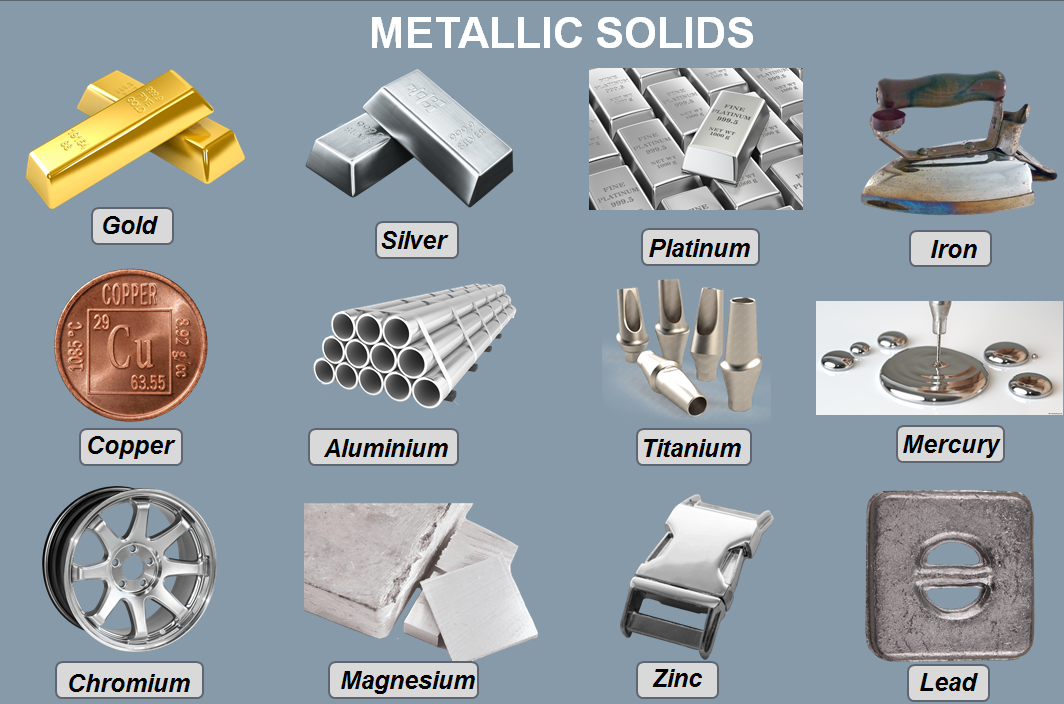Metallic
The term metallic refers to anything that is made from, composed of, or has characteristics of metal. Metals are a class of elements known for their properties such as electrical conductivity, malleability, ductility, luster, and the ability to form alloys. In various industries, the term "metallic" is used to describe materials, coatings, or components that either contain metal as their primary material or have a metallic finish.
Key Features
- Conductivity: Metals are excellent conductors of heat and electricity. This makes them ideal for electrical wiring, components, and machinery.
- Malleability and Ductility: Most metals can be hammered into thin sheets (malleability) or stretched into wires (ductility) without breaking, making them suitable for various manufacturing processes.
- Luster: Metals typically have a shiny, reflective surface, giving them their characteristic metallic appearance. This can be a key feature in applications like jewelry, decorative finishes, and high-end consumer products.
- Strength and Durability: Many metals are strong and resistant to wear and tear, which makes them useful in structural applications, machinery, automotive, and aerospace industries.
- Corrosion Resistance: Certain metals, such as stainless steel and aluminum, are resistant to corrosion, making them suitable for use in harsh environmental conditions, like marine or industrial applications.
- Alloy Formation: Metals can be combined with other metals or elements to form alloys, which enhance specific properties such as strength, flexibility, or resistance to corrosion. Common alloys include steel, brass, bronze, and aluminum alloys.
